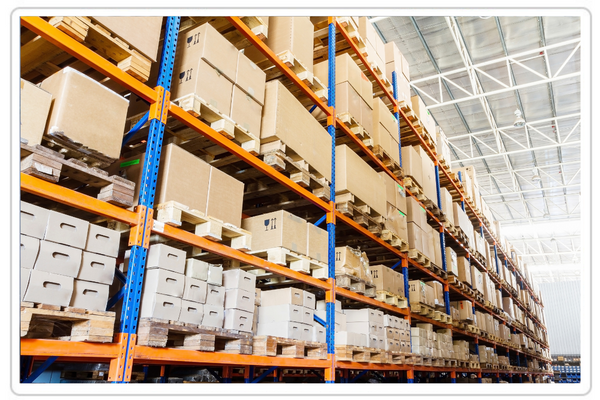Storage of goods

The warehousing process may seem simple, but it consists of several steps. There are many ways to manage a warehouse, within the functions of its type. Storage of ingredients, therefore, requires organization and a specific compartment.
Storage Stages
Acceptance - the moment when you keep just wanting to. Employees at this stage must verify documents, check and recalculate. Possibly delivered transport in transit should be noted. If everything went smoothly, then the direction is transported around the warehouse in places, often using a forklift. Determining the exact storage location of the actual group is very important as it streamlines the entire process.
Storage - in this order, the way of creating space should be properly developed. Depending on the type of assortment, one storage must be kept at a temperature and properly secured. The influence on the use of space is also very helpful, so you should include the placement of goods. When planning, the Smartload application can help, thanks to which you can easily check how to transfer data to the device so that the space is as small as possible. Appropriate organization allows you to control the warehouse process. Thanks to this, we gain more space, we can store more goods and it is safer. It can then be reached quickly when picking is required. As part of the storage, employees should periodically check the state of stocks.
Picking - when an order for an item is affected, including the picking process. In this phase of the direction, it is taken from a specific place, usually separated from a larger unit, e.g. a pallet. For an efficient picking process, the correct organization of the warehouse is very important, so that each employee can find a specific zone.
Then the inquiry was directed to where is the protection against transport. At the end of the order sent for release.
Release - this is the last phase of the warehousing process. Before transporting the order to the customer, employees obtain documentation of the goods and confirm the marking of the proof. Then the warehousemen start loading the goods on the vehicle. During this process, it is extremely accurate to plan the distribution of loads correctly, which is worth using in the Smartload application beforehand. Thanks to this, it can be optimally positioned in the direction of the semi-trailer and properly secured before transport.
Types of warehouses
Warehouses differ, as well as in equipment from the stored goods. This division depends on the signs, e.g. the type of construction or the function performed. In terms of construction, we distinguish open, semi-open and closed warehouses or above-ground and underground warehouses. Open warehouses store goods that are compatible with the environment. Materials, i.e. wood, some materials or steel, are stored on a square with a hardened construction surface. It is the cheapest form of storage. Semi-open warehouses are those that are covered and shielded on the sides, open on one side. Such sheds or springs store materials that provide access to fresh air, but they should be protected, e.g. from rain. Such a volume is, for example, cement. Closed warehouses for outdoor buildings or structures that are made of durable building materials. origin to the type of silos, tanks, as well as storage buildings, they can be one-story or multi-story, or even underground. In terms of functions, delivery warehouses can be operated, where all parts of the mentioned warehousing process are located (receipt, storage, picking, release). A production warehouse is one that supplies the company with semi-finished products needed to produce goods. The distribution warehouse stores products from several different manufacturers. Goods are stored on an ongoing basis until they pass inspection. Some of the warehouses are located in ports, where cargoes are then stored, which are loaded further for loading and transport - they are to transshipment warehouses. In the case of sea transport, you can also operate a container warehouse - where sea containers are handled and received and delivered to senders.
The warehouse solution therefore faces many requirements, as in other cases of logistics applications. Optimal planning of the loading space is therefore very important for the installation of the delivery system. To use the potential of this department, it is worth checking the operation of the deployment in the Smartload application. The finished plan can be used further for the main modules to share how to arrange it in the official archive and how to put it later on the trailer.